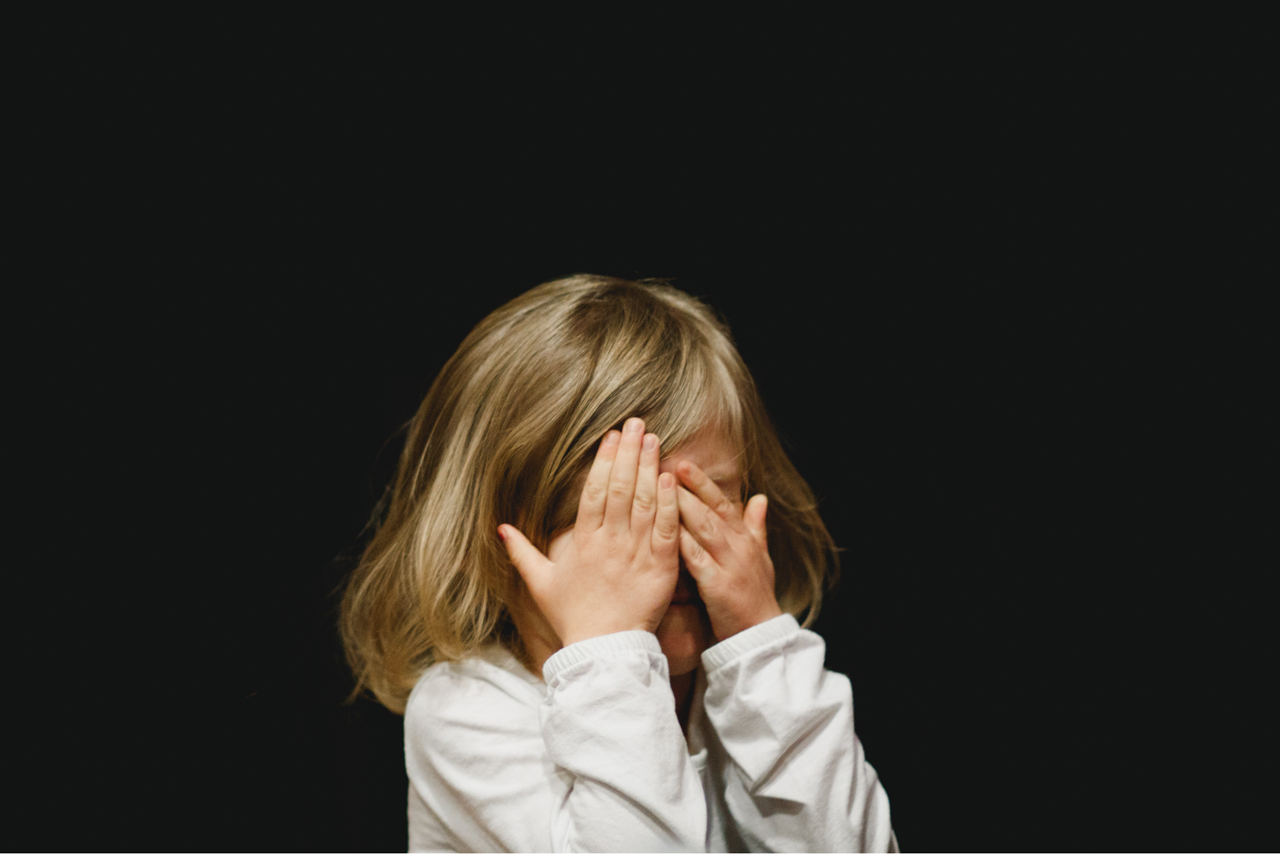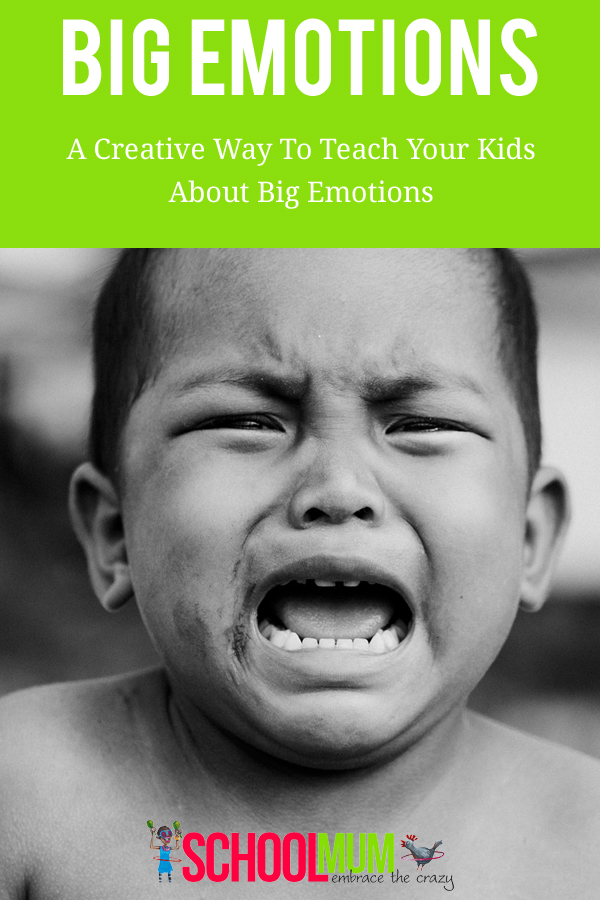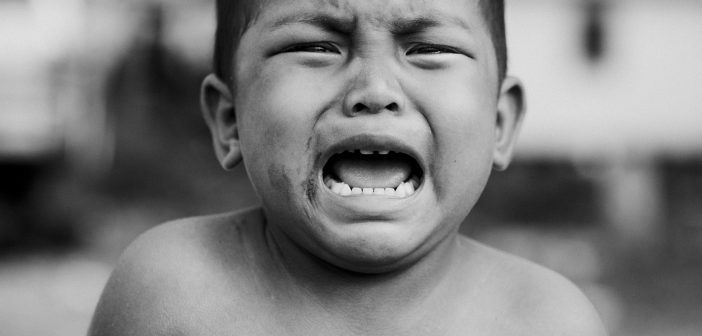Dealing with big emotions like anger, frustration, sadness and even excitement, is hard enough for adults, let alone kids.
“Mama, you are making me sad!” Miss 4 exclaimed stomping her foot.
“I think you feel frustrated, not sad.”
“What is frustrated?”
Frustration is one of the big emotions you feel a LOT at age four. You get frustrated when your milk is poured into the wrong cup. When your favourite dress is in the wash. When someone ate the last cookie (even if that someone was you).
Often Miss 4’s frustration is bigger than her. She doesn’t yet know when she is beginning to get frustrated, and how to manage that before it results in a major meltdown.
Teaching children how to identify and deal with their big emotions is an invaluable life lesson. We all know grown adults who aren’t able to express or manage their feelings in a healthy way.
There are a lot of ways to help kids learn about big emotions. One that can really help develop their insight into how different emotions can make them feel is body mapping.

What is body mapping?
Body mapping is a visual tool used to draw awareness to the physical and mental impact of our emotions.
Adults know when our bodies are reacting to our emotional state. We know we get butterflies in our stomach when we are excited or sweaty palms when we are anxious.
Children don’t have as much experience reading their body’s signals. When my eldest son was nine years old, he experienced crippling stomach pain for months and underwent a lot of testing before we narrowed it down to anxiety.
How to body map the big emotions
Body mapping involves colouring so is a great for engaging kids. They can get creative and colourful which will help reinforce the lesson.
- Start by drawing an outline of a body on a piece of paper (or finding a handy template to print on Pinterest like this one).
- Allocate each emotion a colour and get your child to visualise how their body feels when they experience a range of emotions.
- Get them to colour in the areas of the body that react to the corresponding emotion. For example, when they are angry, they might clench their fists (colour hands red), and their heart might race (colour heart area red too).
Obviously there will be parts of the body that react to a number of emotions so colours will overlap. That’s okay!

Reinforcing the visual
It is important to name the big emotions as you go. You may need to prompt your child by using scenarios to think about how they feel physically in certain situations.
It may also help to draw faces of each feeling to help reinforce the visual for your child.
You can find a comprehensive procedure on body mapping with children by psychologists Zandt and Barrett here.
Once you have done this process with a range of feelings with your child, then you can discuss strategies on how to deal with and defuse these big emotions.
Check out this video on breathing as a great starting point for next steps.
Do you think body mapping will help your child understand their big emotions?

